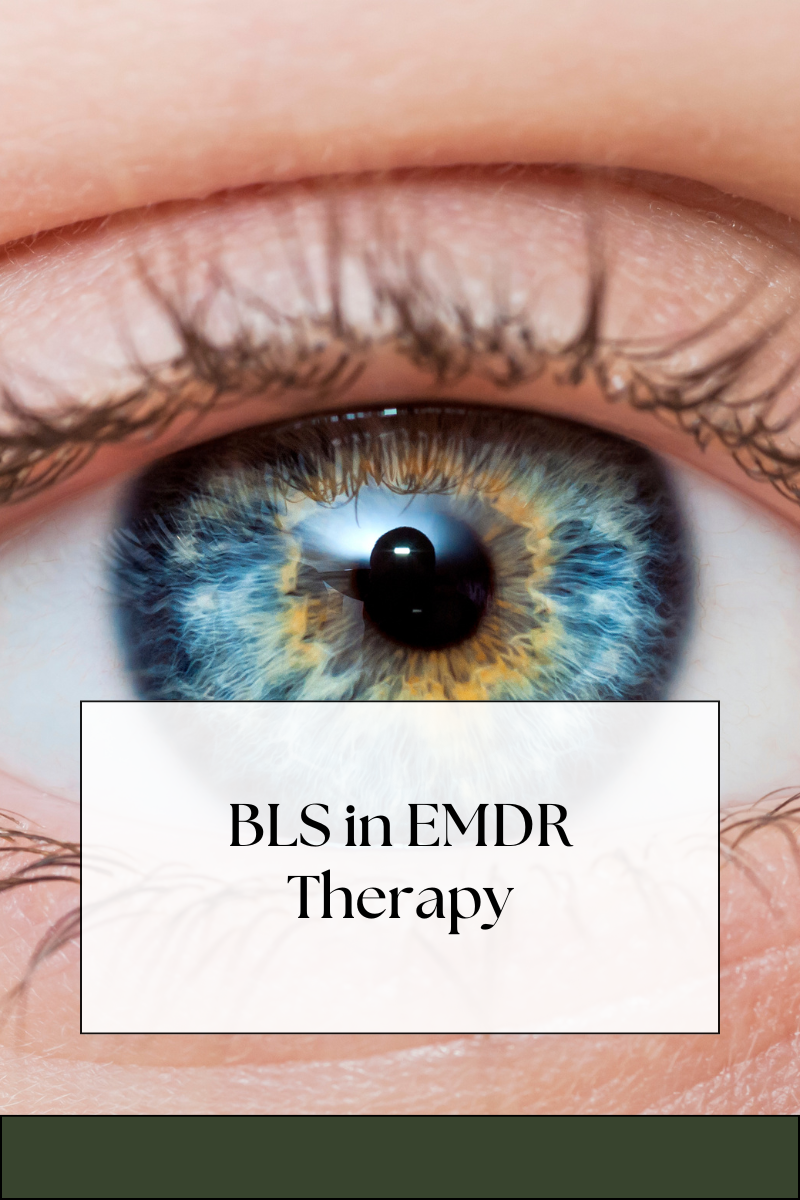Hey there! EMDR is full of acronyms, like BLS. In particular, this is a key element called bilateral stimulation (BLS) in Eye Movement Desensitization and Reprocessing (EMDR). If you’re like most people, you’re probably thinking, “What the heck is BLS? Is it like a dance move or something?” Well, not exactly. Let me explain.
What is EMDR?
First, a bit of background. EMDR is a type of therapy that helps people process traumatic memories and overcome negative emotions associated with them. It’s based on the idea that traumatic experiences can get “stuck” in the brain and cause all sorts of problems, from anxiety to depression to PTSD. By reprocessing these memories in a safe and controlled environment and activating the brain’s natural healing process, people can learn to cope with them more effectively and move on with their lives. Check out my other posts on the topic of EMDR, and you can also learn more about it or find a local EMDR therapist here.
How does BLS work in EMDR?
Now, onto BLS. Basically, it involves stimulating the brain in a rhythmic and alternating way, using things like eye movements, tapping, or sounds. The idea is that this stimulation helps the brain process traumatic memories more effectively, by activating both hemispheres of the brain at the same time. The brain is divided into two hemispheres (left and right), and they process information differently. The left side is more logical and analytical, while the right side is more creative and intuitive. By stimulating both sides at the same time, we can help the brain integrate these different types of information and create new neural pathways.
Are eye movements more effective than other types of BLS?
Researchers think the way eye movements activate the parasympathetic nervous system, which is involved in relaxation and digestion make them a particularly effective form of BLS. Others think it has to do with the way eye movements mimic the natural process of dreaming, which is also thought to be involved in memory processing. The important thing is that it does work, and that it’s helped countless people overcome their trauma and live happier, more fulfilling lives.

Hi, this is a comment.
To get started with moderating, editing, and deleting comments, please visit the Comments screen in the dashboard.
Commenter avatars come from Gravatar.